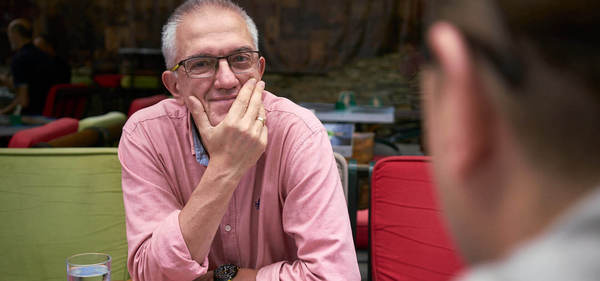
Photo: Wikipedia / BraneJ
"Meet me at the Horse!"
Among the oldest buildings in Belgrade is the National theatre, which made the square once known as Republic square known as the Theatre square. It started work in 1868 when the theatre building was constructed. The emtpy plateau in front of it was still not fully paved when the first initiative for constructing the monument was started. It would end a century later, making it the main destination and the main meeting place in the capital, known as 'kod Konja' ('at the Horse').
The assassination in Kosutnjak
In the spring that same year, Belgrade was shaken by the news of the death of knez Mihajlo Obrenovic, who was assassinated as a form of resistance against his absolutist rule. The knez was caught in his carriage in Kosutnjak, in the company of his aunt, her daughter and his future bride, when three shots were fired at him, leaving him dead on the spot. Behind the guns that shot the knez were brothers Radovanovic who carried out this act partly as a form of revenge for the death of their brother Ljubomir who was imprisoned and Lazar Maric, the former president of the district court in Belgrade. They were caught mere hours later, taken to interrogation and shot the very same night.
 Graphic: Wikipedia / V. Katsler -The murder of knez Mihailo Obrenovic III in Kosutnjak
Graphic: Wikipedia / V. Katsler -The murder of knez Mihailo Obrenovic III in Kosutnjak
On the other hand, the people were widely thankful to the assassinated knez for the retreat of Turkish forces from Serbia and breaking free from their centuries long reign, as well as for establishing good diplomatic relations with many neighboring countries. After three days of silence and mourning, an initiative was started to build him a monument in the form of The Head Council for gathering contributions to build a formal monument to knez Mihailo M. Obrenovic III. The idea was pretty specific and precise - there was to be a chapel built on the spot of the knez's demise and a beautiful monument in the center of the city which would remind Belgraders every day of his work and existence.
 Graphic: The National Library of Serbia - revealing of Knjaz Mihailo Monument
Graphic: The National Library of Serbia - revealing of Knjaz Mihailo Monument
The international call was issued for artists who would take upon themselves the honorable but demanding task of creating a monument worthy of knez Mihailo. Applications and selection process took years, until in 1873 the task was given to the Italian sculptor Enrico Pazzi. In addition to our 'Knez', Enrico's hands also sculpted the world-famous Dante statue that now adorns the plateau in front of Santa Croce in Florence. The place where the monument would stand was also selected - today we all know it well, but in the day it was a bit unconventional. Still, seeing how knez Mihailo greatly aided the construction of the National Theatre, its proximity was of symbolic importance. There were also many other symbolisms involved that many of us don't know about.

Photo: National Library of Serbia - for decades a witness to the events in Belgrade, looking towards Prizren
Monument to diplomacy
The bronze relief base stands atop a set of stairs where we all used to hang out as teenagers and some of us even found it fit to mark it with some words of wisdom like 'Invalidi Vozdovac'. Other than the graffiti which were fortunately removed, the staircase is adorned by bronze panels with names of the liberated cities, historical moments we are proud of, knez Milos, the people taking an oath on knez Mihailo's grave and more. Enrico Pazzi worked with the idea that the knez was primarily a successful diplomat and that he would be immortalized as the ruler who liberated the country after centuries of Ottoman reign. He therefore chose to present him as a victor in the diplomatic, rather than military sense. The hand of the determined knez is raised and points towards the areas of Serbia that still hadn't been liberated at that time, thus posthumously setting a task to his successors.
.jpg) Photo: Pavle Kaplanec - to this date a popular meeting place for Belgraders and guests of the city
Photo: Pavle Kaplanec - to this date a popular meeting place for Belgraders and guests of the city
On 6th December 1882, on the day of St. Nicholas, the brand new monument was revealed in then deserted square, letting the future know that it would turn into the epicenter of all events in the city. Although you'll notice that almost every bigger city in Europe has their own 'horse', it remains a mystery how the mentions of great leaders over centuries remained in people's memories along with their loyal, nameless, four-legged comrades in battle.




 11 ℃
11 ℃




